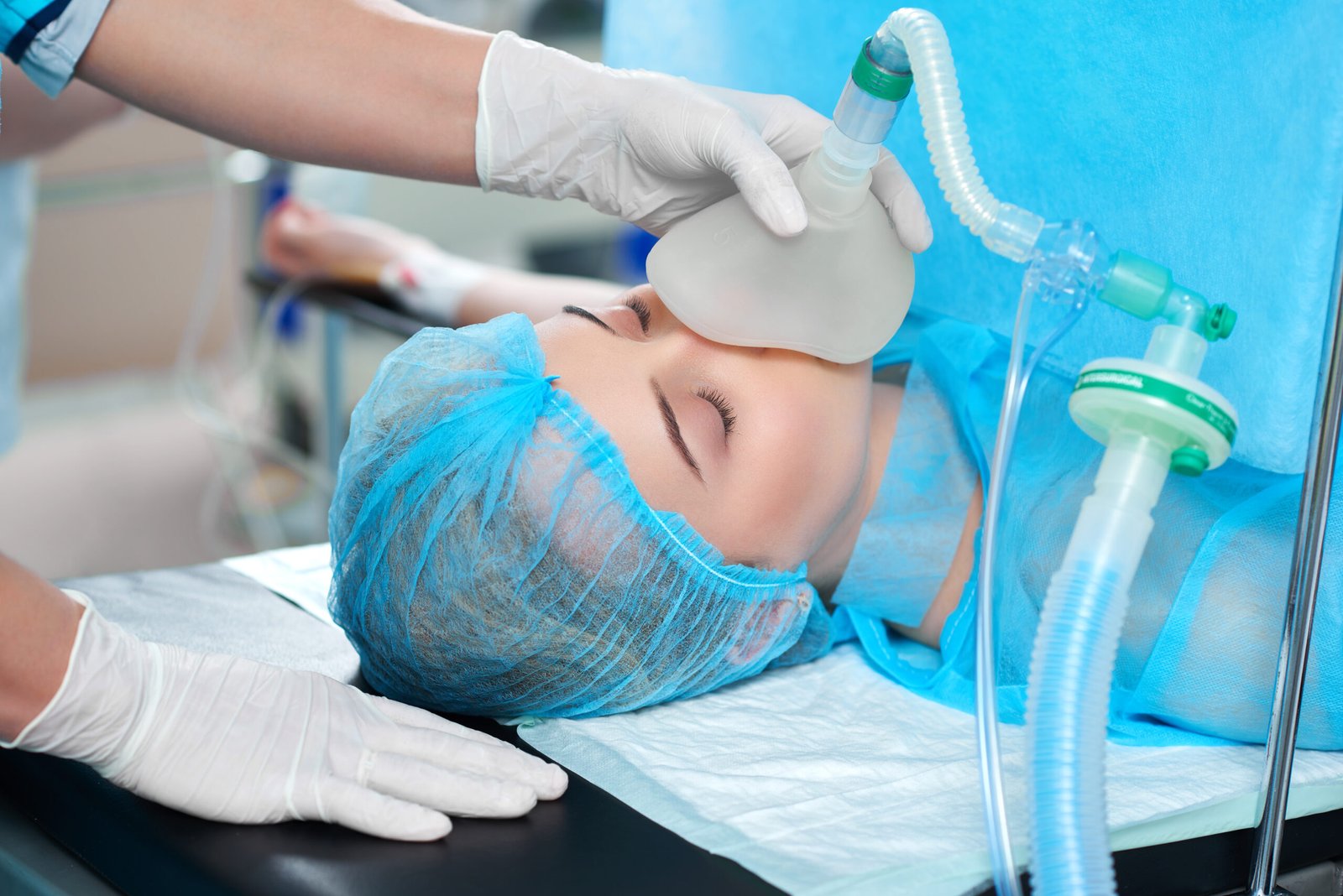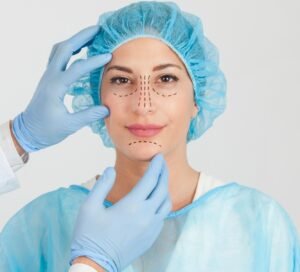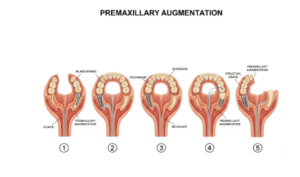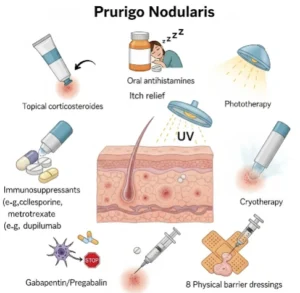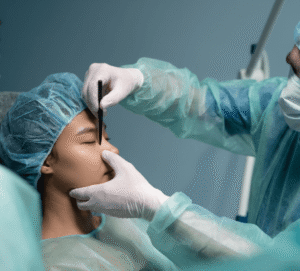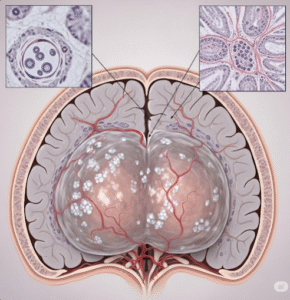Overview
Sympathectomy is a surgical procedure used to interrupt part of the sympathetic nervous system. It is most commonly performed to treat conditions like hyperhidrosis (excessive sweating), Raynaud’s phenomenon, and certain chronic pain syndromes. While often effective, sympathectomy can lead to several complications. In Korea, the procedure is performed in specialized hospitals using minimally invasive techniques, but like all surgeries, it carries risks.
What is Sympathectomy?
Sympathectomy involves cutting, clamping, or destroying certain nerves in the sympathetic chain, typically via endoscopic thoracic sympathectomy (ETS). This surgery can be permanent and is considered when non-surgical treatments fail. The sympathetic nerves influence functions like sweating, blood vessel dilation, and heart rate, which is why interfering with them may lead to unintended side effects.
Symptoms of Complications
Complications after sympathectomy can vary in severity and may include:
- Compensatory sweating (increased sweating in other body areas)
- Horner’s syndrome (drooping eyelid, small pupil)
- Neuralgia or nerve pain
- Pneumothorax (collapsed lung)
- Hypotension (low blood pressure)
- Bradycardia (slow heart rate)
- Temperature regulation issues
- Emotional blunting (in rare cases)
Causes
Complications may arise due to:
- Over-disruption of sympathetic nerve pathways
- Incorrect identification of nerve levels during surgery
- Individual differences in anatomy
- Body’s compensatory response to nerve interruption
- Pre-existing autonomic dysfunction
Risk Factors
- Undergoing bilateral sympathectomy (both sides of the body)
- Having surgery for cosmetic reasons (e.g., facial sweating)
- Younger patients (higher compensatory sweating rate)
- Inadequate preoperative assessment
- Previous thoracic surgery
Complications
The most commonly reported complications in Korea include:
- Compensatory Hyperhidrosis
- Occurs in up to 90% of patients to varying degrees
- Often affects the back, abdomen, or thighs
- Can be more bothersome than the original problem
- Horner’s Syndrome
- Rare but serious if high-level nerves are damaged
- Symptoms: drooping eyelid, constricted pupil, lack of sweating on one side of the face
- Gustatory Sweating
- Sweating while eating or smelling food
- Caused by misdirected nerve regrowth
- Neuralgia and Chronic Pain
- Persistent chest or back pain post-surgery
- Pneumothorax (Collapsed Lung)
- Can occur during thoracic surgery
- Usually treated immediately with a chest tube
- Cardiovascular Effects
- Bradycardia and blood pressure drops are possible, particularly in anxious patients
- Emotional and Autonomic Dysregulation
- Some patients report emotional dullness or fatigue
Prevention
While complications cannot always be prevented, their risk can be minimized by:
- Careful patient selection and thorough counseling
- Performing the procedure only for medically necessary reasons
- Choosing experienced thoracic surgeons
- Using the least invasive surgical approach
- Avoiding high-level sympathectomy unless required
Treatment Options in Korea
South Korea offers high-quality surgical care and follow-up management for sympathectomy complications:
Hospitals and Specialties
- Severance Hospital, Samsung Medical Center, and Asan Medical Center are among the top facilities for thoracic surgery and postoperative care.
- Multidisciplinary care includes thoracic surgeons, neurologists, dermatologists, and pain specialists.
Treatment for Complications
- Compensatory Sweating
- Anticholinergic medications (e.g., glycopyrrolate)
- Botox injections
- Iontophoresis
- Reversal surgery (rare and not always effective)
- Horner’s Syndrome
- No definitive cure; treated symptomatically
- Eye drops for pupil size
- Cosmetic eyelid surgery if needed
- Chronic Pain
- Pain management programs
- Nerve blocks
- Physical therapy
- Neuromodulation techniques
- Psychological Support
- Counseling and therapy for emotional side effects
- Support groups for post-surgery patients
- Rehabilitation Services
- Available at university hospitals and private clinics
- Focus on restoring daily function and reducing symptom impact

